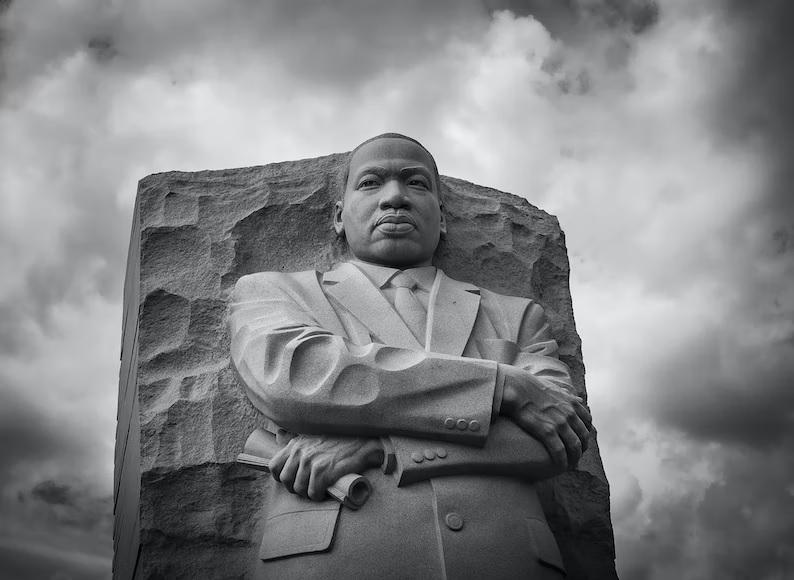Today is Martin Luther King Jr. Day. Those of us who are in nonprofit, philanthropy, and other fields focused on making the world better rely on his words as a beacon for our work. Which is why this week we will be inundated with MLK quotes.
Before we quote him, though, let’s do some serious reflections about Dr. King and what he said and what he stood for. Otherwise, we run the risk of choosing the least controversial quotes, the ones that don’t make us uncomfortable or force us to confront our privileges or change the way we do things. Then we feel good about ourselves and continue perpetuating the injustice he fought against.
Continue reading →





